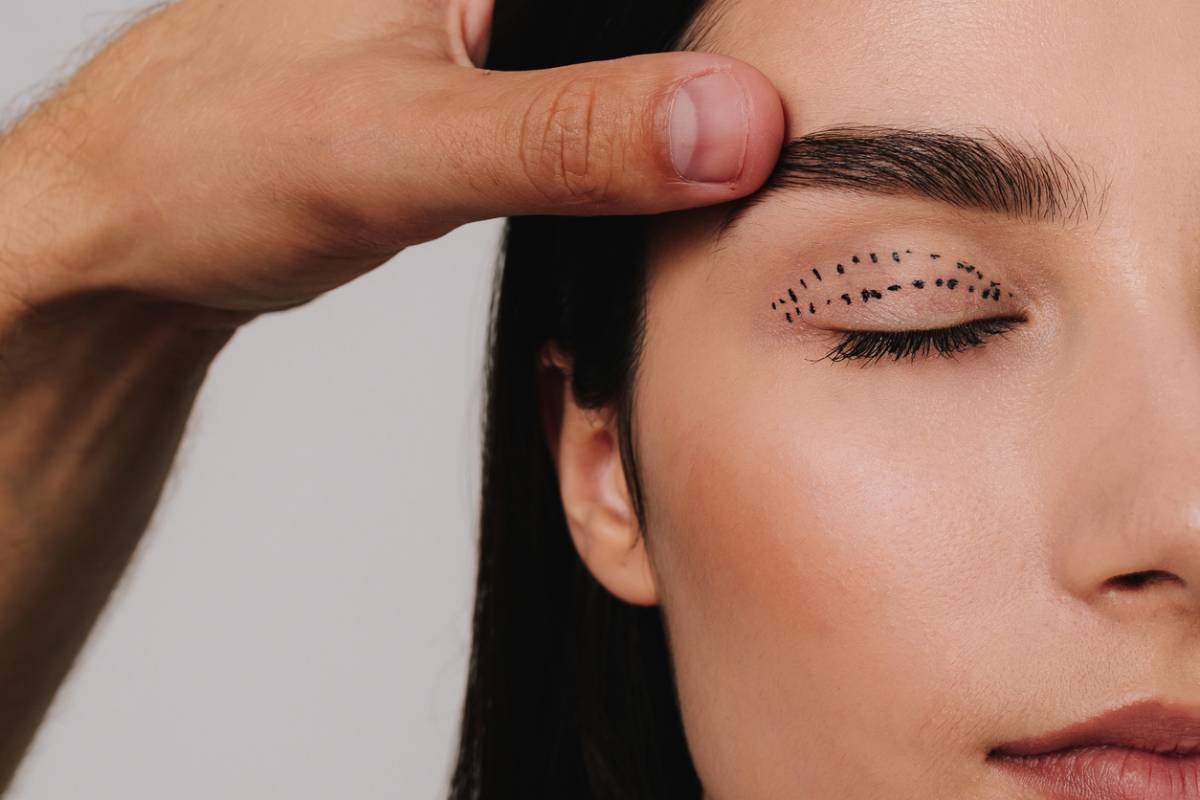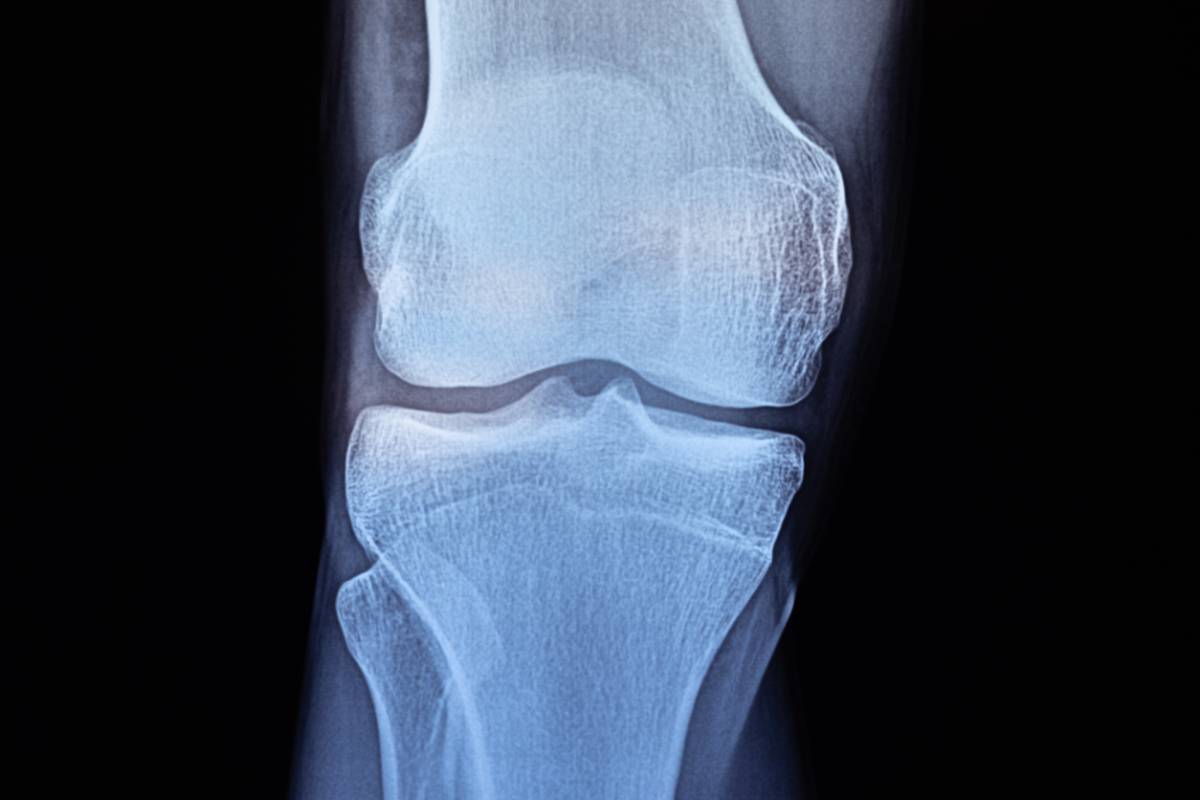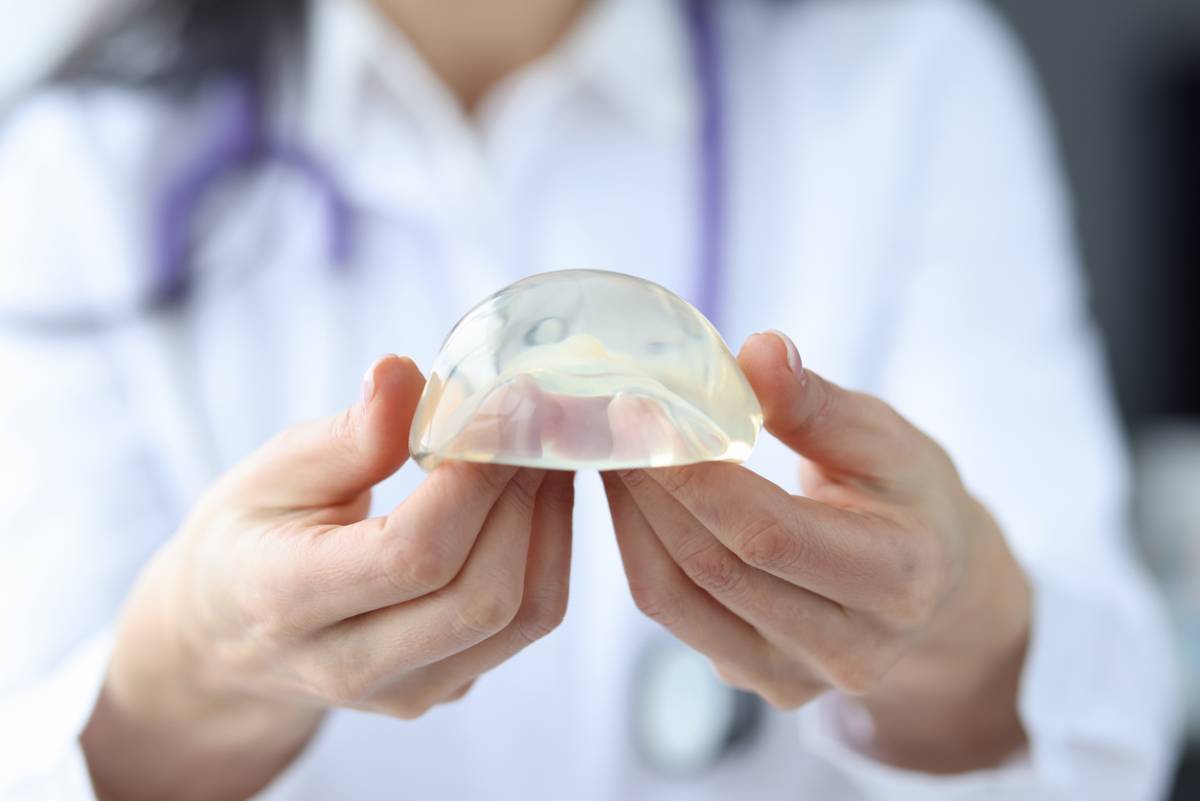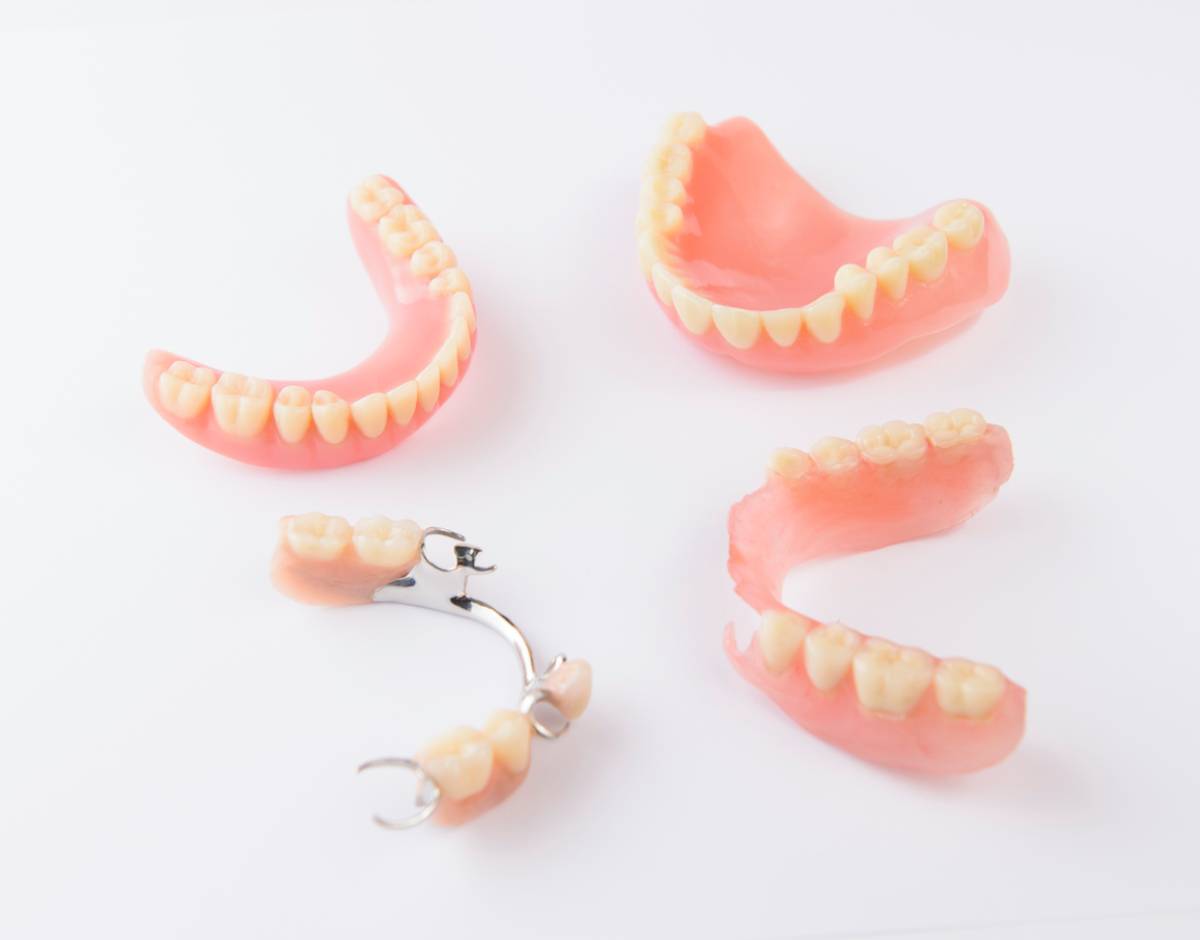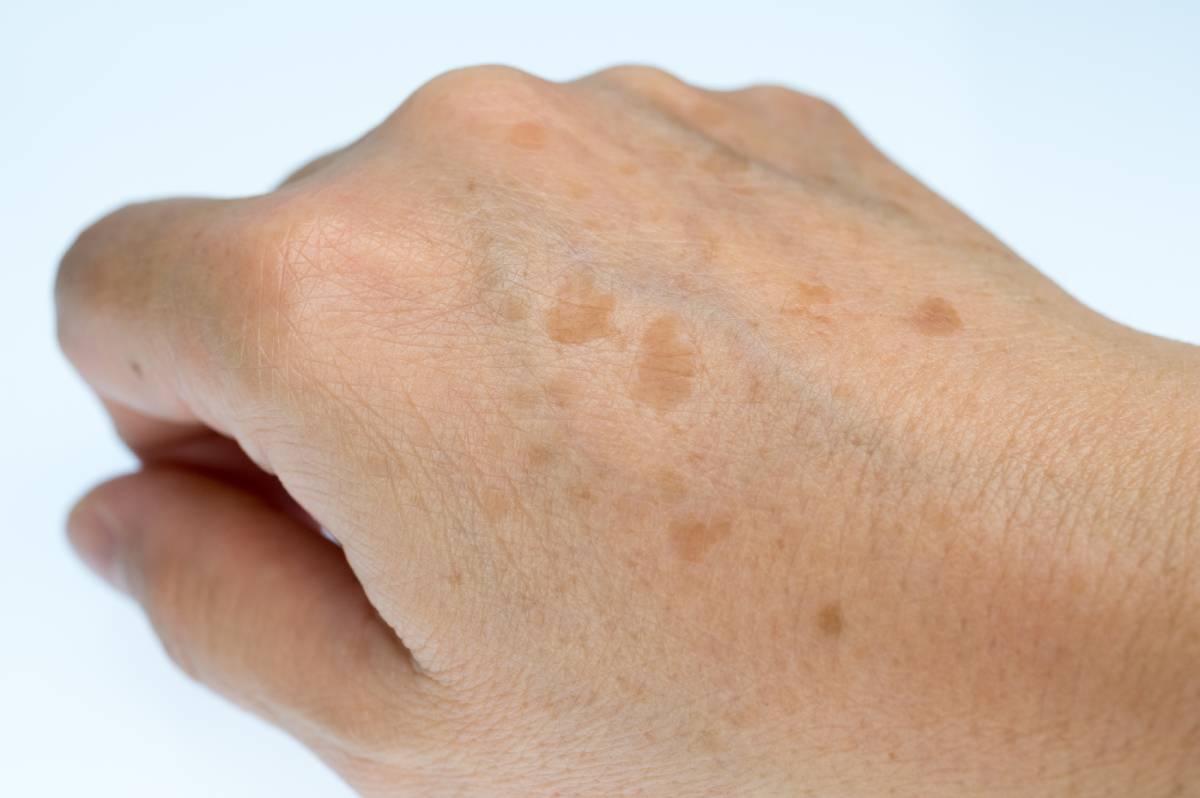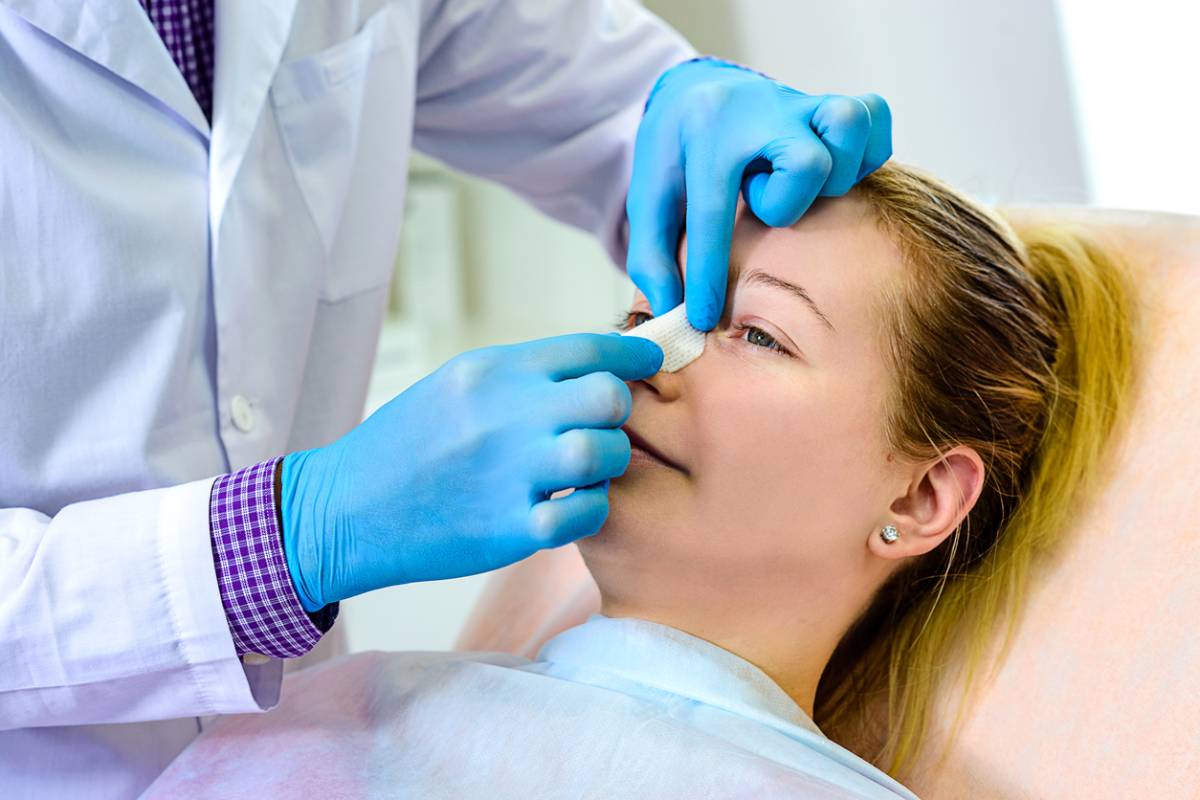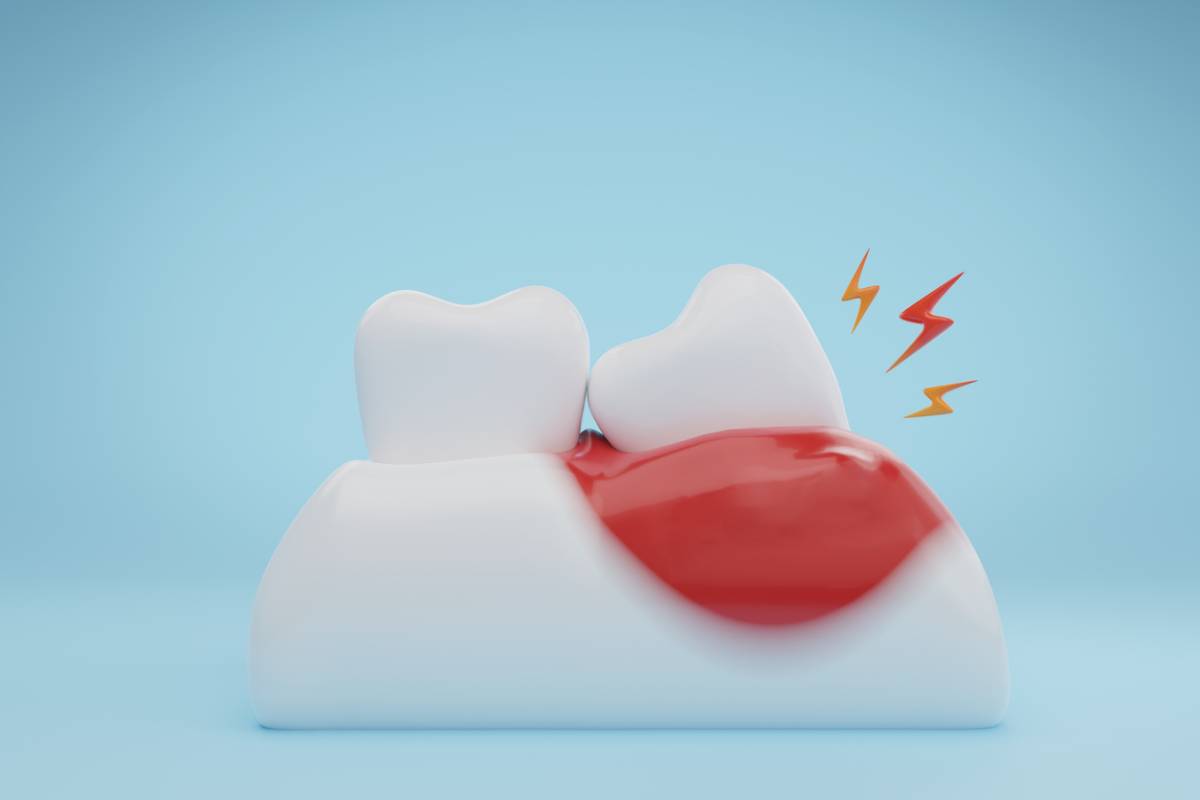How Long Does It Take to Recover from Eyelid Surgery?
Believe it or not, eyelid surgery, or blepharoplasty, is one of the most popular cosmetic enhancements available today. This powerful cosmetic tool can breathe new life into your skin, giving you a youthful glow. It is common for patients to become eager in their pursuit of rejuvenation. Before getting too far ahead, there are aspects related to eyelid surgery you should consider. A commonly asked question that many are curious to know is, “How long does it take to recover from eyelid surgery?” This question does not have just one answer. There are several factors, like the individual and the extent of your procedure, that can influence recovery time following eyelid surgery. In most cases, individuals feel comfortable going in public within 10-14 days after surgery, but healing to completion can take a few months. Below, we go into more detail to explain the recovery timeline from eyelid surgery.
Types of Eyelid Surgery
- Upper blepharoplasty is a surgical procedure that addresses sagging or drooping in your upper eyelids. During your surgery, excess skin and fat are removed from your upper eyelids to improve appearance and function.
- Lower blepharoplasty is much like an upper blepharoplasty, except it targets the lower eyelid area. Excess skin and fat are removed through an incision along or inside your lower eyelid. This procedure is used to correct under-eye bags, wrinkles, and other cosmetic concerns in this area.
- Double blepharoplasty combines both upper and lower blepharoplasty, giving your eye area a complete transformation. Your surgeon creates small incisions and removes skin and fat from your upper and lower eyelids. This cosmetic enhancement recreates a definition that has been lost due to sagging, drooping, and lifestyle factors.
Depending on your surgeon, technique, and extent of the procedure, it takes an average of 45 minutes to one hour to complete an upper or lower blepharoplasty. If you have opted to undergo a double blepharoplasty, expect approximately two hours to complete.
Initial Recovery
Initial recovery encompasses the time immediately following your procedure till approximately two weeks.
- Bandages or stitches will be present immediately following your surgery.
- Swelling, bruising, and discomfort are common symptoms during this stage of recovery.
- You may experience blurry or double vision.
- Eye drops and pain medications are commonly prescribed following this cosmetic enhancement.\
Two to Four Weeks After Eyelid Surgery
At the two-to-four-week mark, you should be feeling better and seeing improvement in your eye area.
- Incisions may be visible but will begin to fade over time.
- Swelling and bruising are likely to be present but should be diminishing.
- At this stage, you should be able to resume light activities.
- Your surgeon may give you the okay to begin applying makeup again.
Long Term Healing
Even though you may be feeling and looking completely recovered, there may be more going on under the surface that you are unaware of during the months following your blepharoplasty.
- It may take several months for the final results to make their appearance.
- The small incisions may still be visible after several months, but should continue to fade.
- To optimize the healing process, wear sunglasses to protect your eyes from UV rays.
Potential Complications and Signs to Watch For
There are risk factors to take into consideration when performing any surgery. Some complications can lengthen the healing process. When this happens, seek the guidance of your surgeon to ensure optimal results.
- Infection
- Bleeding
- Persistent vision complications
- Eyelid retraction
- Numbness
- Double vision
Seek medical attention if you experience any of the following:
- Increased pain, swelling, or redness around the incision site.
- Drainage from your eyes or the incision site.
- Fever.
- Shortness of breath or chest pain
- Bleeding from the incision site.
- Unusual growths under incision sites.
Recovering From Eyelid Surgery
Recovering from eyelid surgery takes care and patience. Initial healing may take approximately two weeks, but to completely recover, it can take several months. To increase the chance of success, diligently following your surgeon’s post-operative instructions is crucial. Every patient and procedure is unique; factors such as the extent of the corrections, lifestyle, and more can influence your recovery time.
Speak with your surgeon to discuss realistic expectations and the details of the healing process. Equipped with the knowledge and the support of your surgeon, you will be well on your way to enjoying your refreshed, rejuvenated appearance in no time.
Eyelid Surgery in Nevada
Schedule a consultation with an eyelid surgeon today about your lower blepharoplasty.
